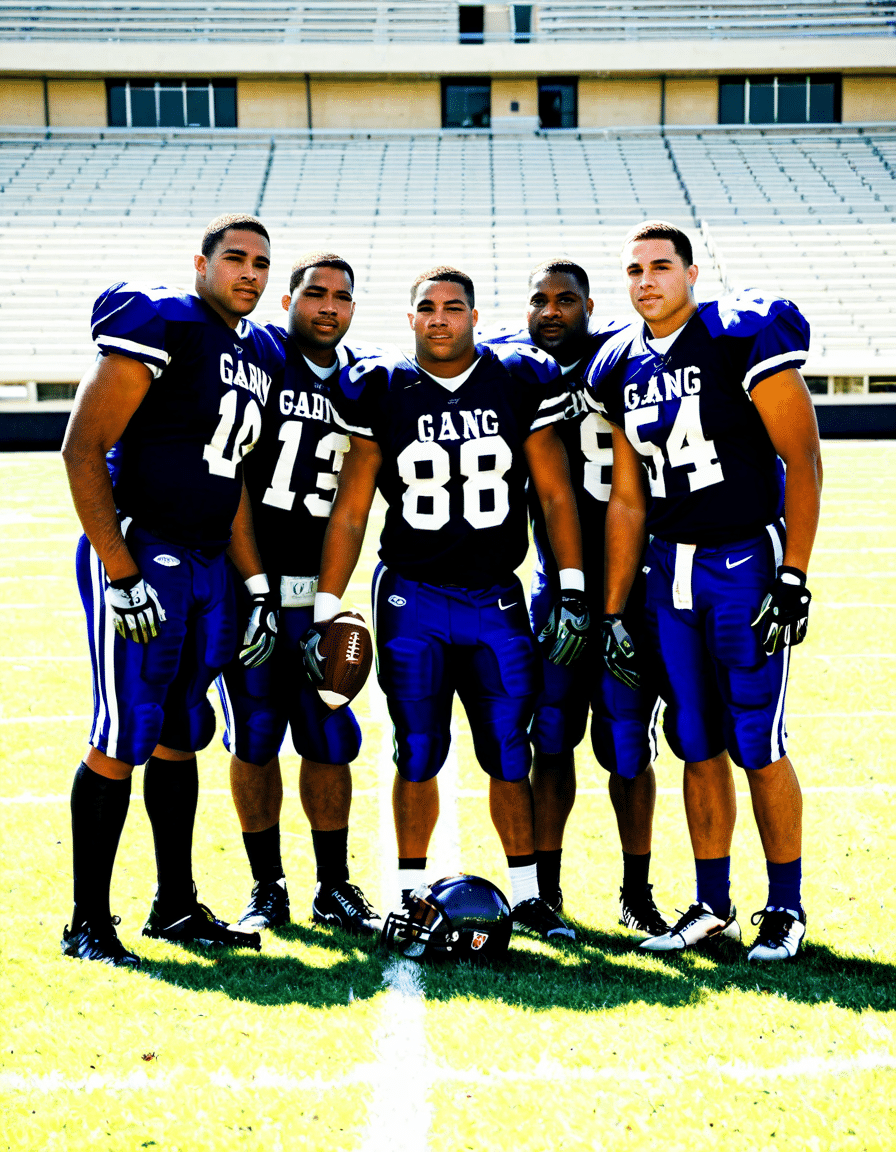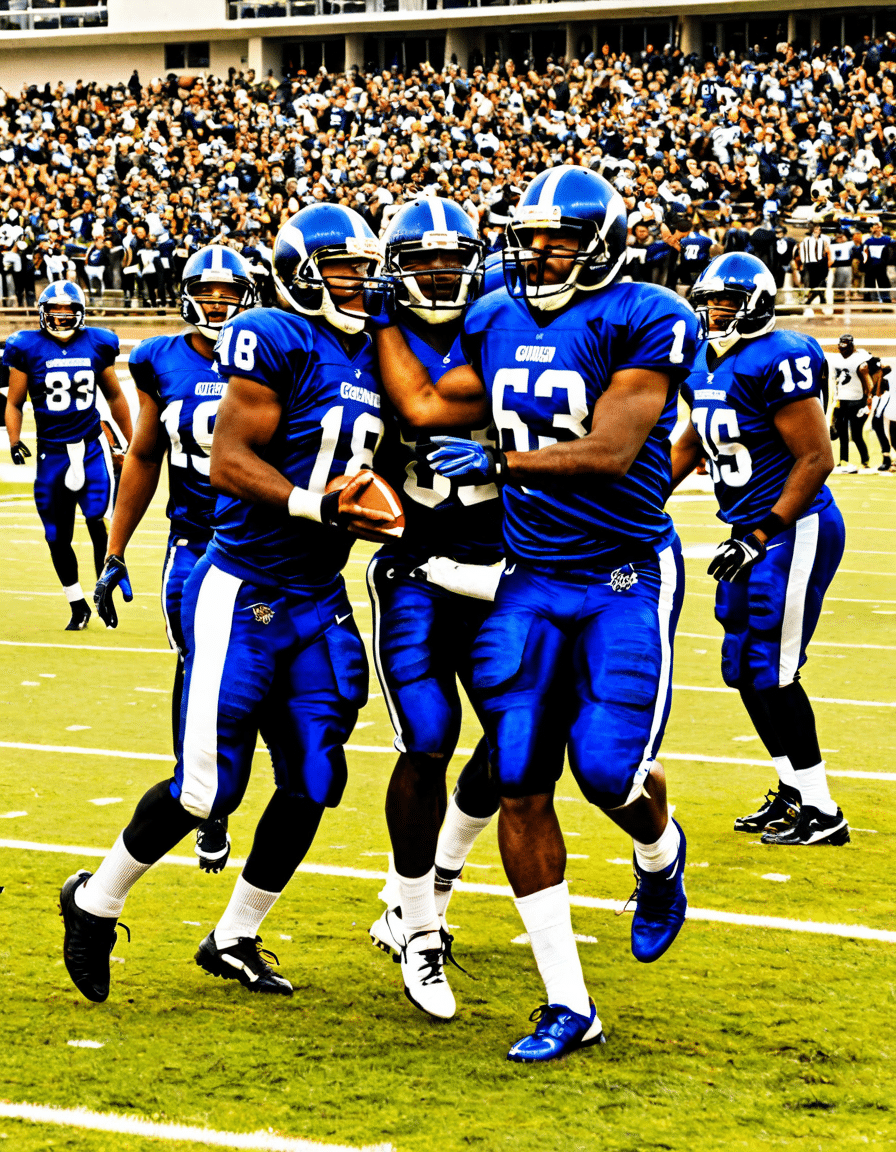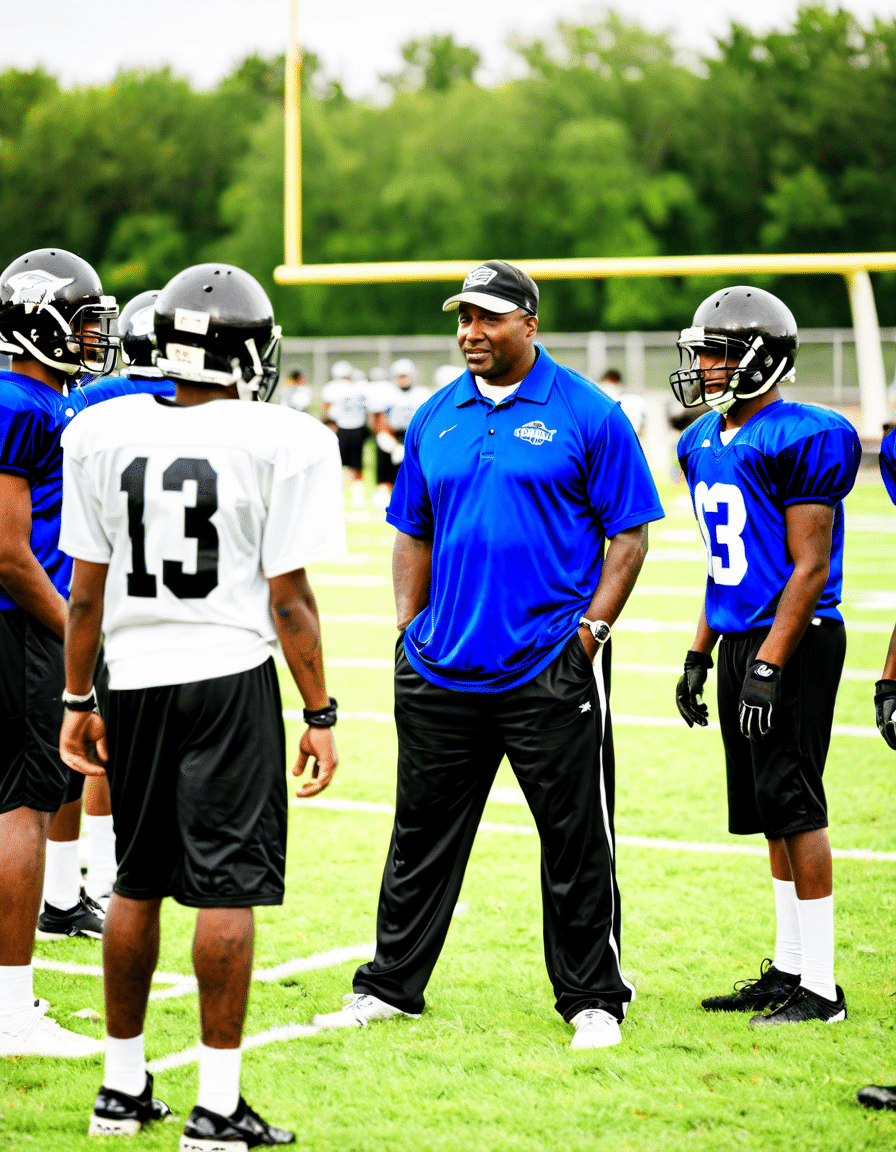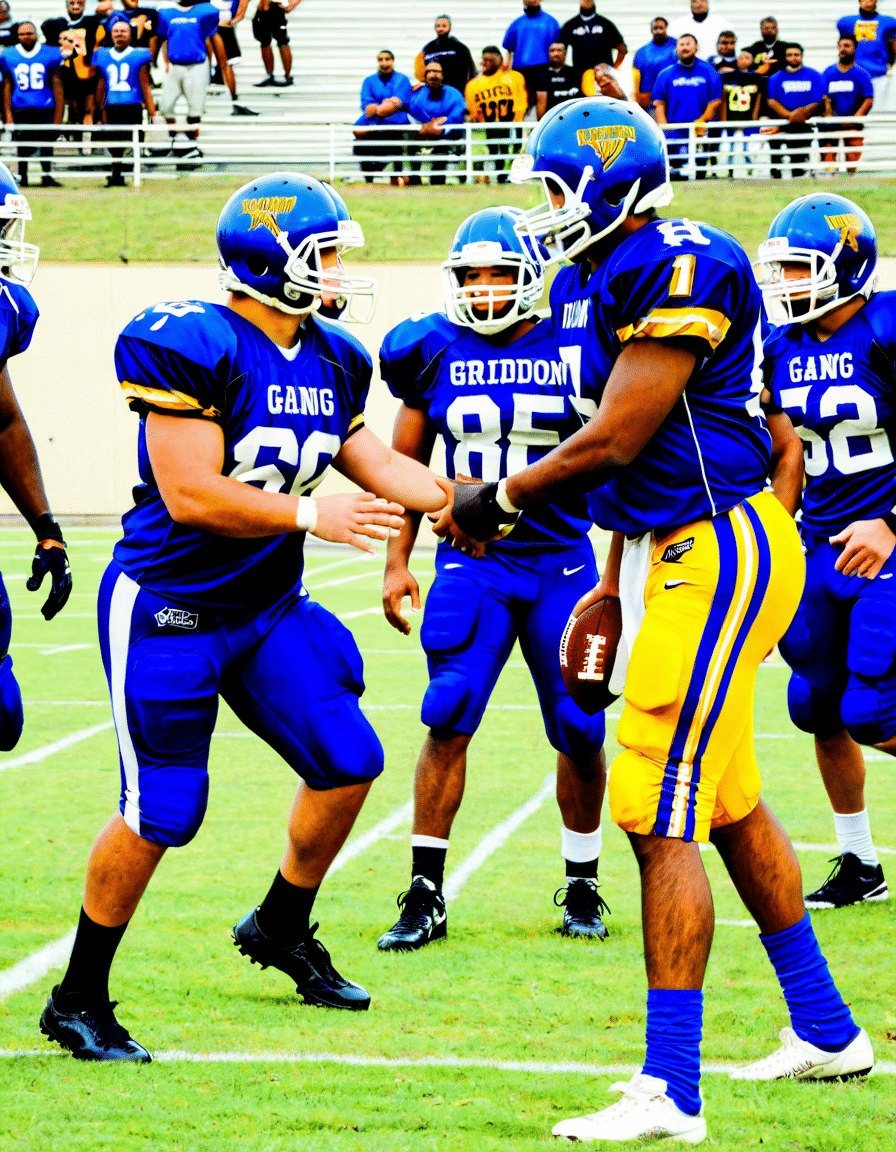
“Gridiron Gang,” the 2006 film starring Dwayne “The Rock” Johnson, delves into the transformative power of football within a juvenile detention center. Set against the backdrop of the Kilpatrick Detention Center in Los Angeles, the narrative follows probation officer Sean Porter as he establishes a football team to instill discipline and hope among incarcerated youths. (en.wikipedia.org)

5 Real-Life Inspirations Behind Gridiron Gang’s Characters
While “Gridiron Gang” is a dramatized account, several characters draw from real individuals whose stories underscore the film’s themes of redemption and transformation.

4 Key Themes Explored in Gridiron Gang
The film delves into several profound themes that resonate with audiences:
3 Real-Life Outcomes Influenced by Gridiron Gang
The film’s portrayal of juvenile rehabilitation through sports has had tangible effects:
The Enduring Legacy of Gridiron Gang
“Gridiron Gang” continues to serve as a powerful testament to the potential of sports as a transformative tool for troubled youth. Its real-life inspirations and the themes it explores offer valuable insights into the challenges and possibilities within juvenile rehabilitation. The film’s impact extends beyond entertainment, prompting ongoing discussions and actions aimed at fostering positive change in the lives of young individuals facing adversity.
Gridiron Gang isn’t just a film; it’s a treasure trove of intriguing tidbits that add depth to its compelling narrative. For instance, during a practice scene, Dwayne “The Rock” Johnson pays homage to his college days by donning the number 94, the same jersey he wore with the Miami Hurricanes. (imdb.com)( Additionally, the Mustangs’ logo bears a striking resemblance to the running horse of the Canadian Football League’s Calgary Stampeders, a team that Johnson played for in 1995. (famousfix.com)(
The film’s authenticity is further underscored by the real-life inspiration behind the story. The 1993 documentary “Gridiron Gang” delves into the Kilpatrick Mustangs’ inaugural season in 1990, offering a raw look at the challenges and triumphs of the young athletes. (en.wikipedia.org)( This documentary not only won an Emmy but also provided the foundation for the 2006 film, bridging the gap between reality and Hollywood storytelling.
Moreover, the movie’s impact extends beyond the screen. It sparked discussions about the rehabilitation of juvenile delinquents, highlighting the potential of sports programs in transforming lives. The real Sean Porter, portrayed by Johnson, continues to work with at-risk youth, demonstrating the enduring influence of the story. (screenrant.com)( This underscores the film’s message that redemption and change are possible, even in the most challenging circumstances.










